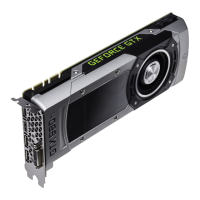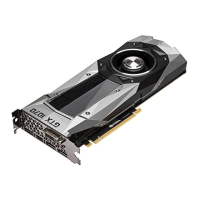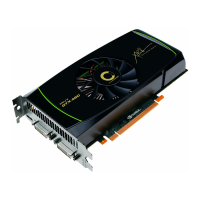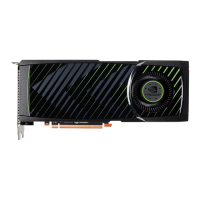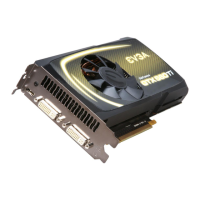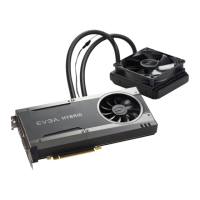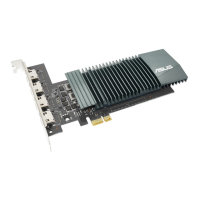GeForce GTX 980 Whitepaper
3
Introduction
In our 21-year quest to bring the most realistic 3D graphics to gamers, NVIDIA has introduced a number
of innovations. With its hardware transform and lighting engine, NVIDIA’s GeForce 256 ushered in the
era of the GPU in 1999, bringing T&L support to consumer graphics for the first time. In late 2006 with
the G80 GPU and the GeForce 8800 GTX graphics board, CUDA and the formalization of GPGPU
computing as we know it today was first brought to the world. More recently, in 2010 we launched the
GeForce GTX 480—our first GPU built using the Fermi graphics architecture. GeForce GTX 480
incorporated fifteen parallel tessellation units, enabling dramatic speedups in geometry processing
compared to prior GPUs. With great strides in architectural efficiency, Kepler GPUs delivered
significantly improved performance and power efficiency when introduced in 2012.
Earlier this year we launched the GeForce GTX 750 Ti, our first GPU from the Maxwell architectural
family. Maxwell GPUs were designed from the ground up for extreme power efficiency and exceptional
performance per watt consumed. In many DX11 applications, the GTX 750 Ti is capable of matching or
even beating the performance of our once flagship GeForce GTX 480, while consuming only a fourth the
power. Thanks to its remarkable power efficiency, our first generation Maxwell GPUs were ideal for use
in power-limited environments like notebooks and small form factor PCs, in addition to mainstream
desktops.
NVIDIA’s latest GPU, GM204, is the first to use the full realization of our 10
th
generation GPU
architecture, Maxwell. Our design goals for GM204 were to deliver:
Extraordinary Gaming Performance for the Latest Displays
Incredible Energy Efficiency
Dramatic Leap Forward In Lighting With VXGI
Extraordinary Gaming Performance for the Latest Displays
After years of little or no progress in the evolution of PC displays, the pace of new technology
introductions has dramatically increased. Screen resolutions are growing, with the first 4K displays for
gamers hitting the market a little over a year ago. While 4K was initially expensive, thanks to rapidly
falling prices, 4K adoption is now beginning to take off. In order to drive all these pixels, GM2xx GPUs
were designed to deliver more performance at the highest resolutions, and also support new display
tech for 4K like HDMI 2.0. In addition, with Dynamic Super Resolution, Maxwell introduces the ability to
significantly enhance display quality on sub-4K displays by rendering at higher resolution and then
applying an advanced resizing filter that leverages the high resolution information.
Virtual Reality displays are another area that is likely to drive a dramatic increase in rendering rate
requirements. Two displays for two eyes doubles the rendering workload, and ever higher resolution
and refresh rate capability will be crucial to eliminating rendering artifacts that break the illusion of
reality for the VR user.

